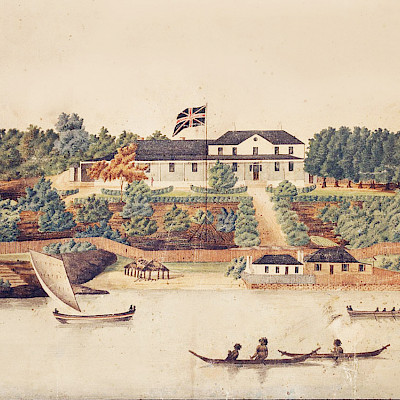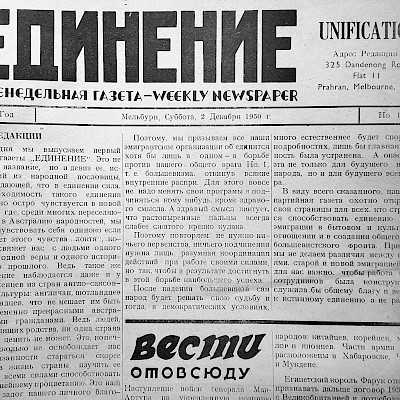The period of the pandemic, when the country's borders are closed, is a good time to discuss issues that will re-emerge on the agenda after the end of quarantines and restrictions. Representatives of the Labor Party, Federal Shadow Minister of Immigration, Deputy Opposition Leader Christina Keneally, and Shadow Health Minister Chris Bowen held an online press conference on August 17 on problems of COVID-19 in the country and immigration issues in the "post-COVID" period.
Kristina Keneally answered the question of the editor of "Unification" Vladimir Kouzmin.
- Australia has one of the highest immigration rates per capita in developed countries. Is it justified? Do you agree with the current immigration numbers, or should it be more or less?
- First of all, Labor strongly supports our immigration program in Australia. That is, the idea that Australia is a nation that has been built by permanent migration, that we are the most successful multicultural nation on Earth, and that studies continue to show that Australians have a very positive view about the contribution migrants make both economically and culturally to our Australian nation.
However, when Scott Morrison looks the Australian people in the eye and says that he has capped migration, he has done no such thing. He has put a cap on the number of permanent migrants. However, temporary migration has now soared to historically high levels, and that's changing who we are as a nation. Many multicultural communities will know that their family have come to Australia to settle permanently, to send their children to school, to get an education, to join their local communities, to start businesses, to build careers. That ability to settle permanently in Australia - to become part of the Australian story and to contribute and write the next chapter of the Australian story- is something that is being denied to the 2 million temporary migrants who are currently in Australia who have little-to-no pathway to permanency.
And so when we talk about what our migration levels should be, we can't just talk about a number, we need to talk about the composition and particularly whether or not we are becoming a guest-worker nation, with an underclass of people who have very little ability to assert their rights, or access the same services as other people in the Australian community. That's never been the Australian way and that's not the Australia we would want to create for the future. And I make that point because of course, the borders are shut right now. And soon Australia will have an opportunity to do something that it's never done before, which is restart a migration program from a standing stop. In the middle of this health and economic crisis, we still need to begin to think about what we Australia to look like in the future, how we build an Australia where people can contribute to the best of their ability, where we create jobs and opportunity, and where we support Australians to get the education, skills and training that they need to get a good job to build a career, and to support their family and grow in the community.
So these are the questions that shape our thinking. And fundamentally, it's not just about a number, it is about the composition. It is about building, making sure that Australia remains a country that is built by permanent migration, not an economy that is propped up by temporary migration.
















